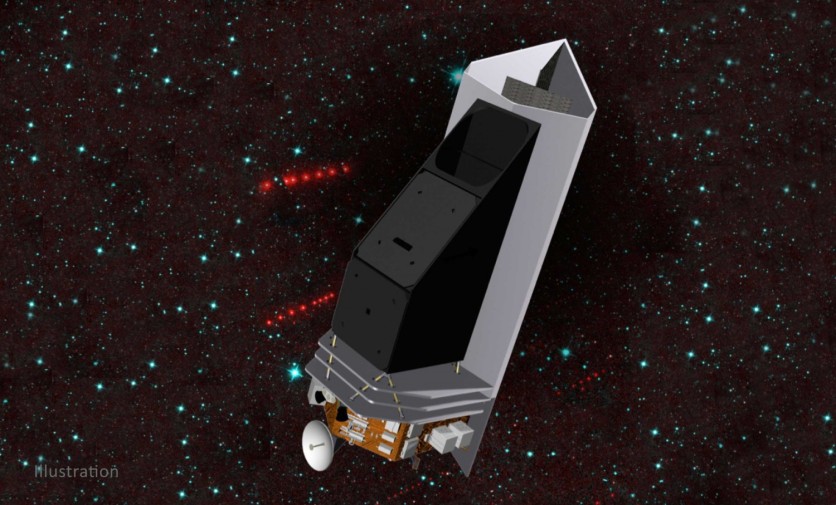Not too long ago, NASA proved that it is capable of defending the planet from hazardous asteroids when the DART mission after hitting the asteroid Dimorphos and successfully changed its orbit.
But the work does not stop there. In fact, it has only started.
NASA is minting another infrared space telescope that will help the space agency in advancing its planetary defense efforts in the form of the Near-Earth Object Surveyor space telescope (NEO Surveyor).
NASA claims that NEO can identify at least 90% of the potentially harmful asteroids and comets that hurl within 30 million miles of our planet. In short, it can characterize the potential risks of near-earth objects.

NEO Achieves Key Milestone
NASA's NEO Surveyor has been approved as the organization's next flight mission out of its Planetary Defense Coordination Office (PDCO), following a thorough technical and programmatic review known as Key Decision Point C (KDP-C).
This means that the space agency is now committed to fulfilling the project's financial, technical, and schedule baselines.
More importantly, NASA has agreed to a $1.2 billion development cost baseline and a June 2028 launch deadline as a result of this decision.
"The cost and schedule commitments outlined at KDP-C align the NEO Surveyor mission with program management best practices that account for potential technical risks and budgetary uncertainty beyond the development project's control," NASA said in a recent blog post.
The accomplishment of this review by the NEO Surveyor strengthens the agency's dedication to planetary security and the hunt for NEOs that might one day threaten Earth with an asteroid impact.
Read Also : NASA Says Artemis 1 Moon Mission was a Complete Success After Initial Assessment - Ready for Crewed Landing?
University of Arizona's Role
The University of Arizona (UA) is in charge of the survey inquiry while NASA's Jet Propulsion Laboratory in Southern California is developing the flight mission, which is also a part of the Planetary Science Division's Science Mission directorate.
The University is known for its expertise in NEO (near-Earth objects) detection since it has worked with two ground-based NEO watchers before such as the Catalina Sky Survey and the Spacewatch project.
The NEO Surveyor expands NEOWISE's objective to find and identify near-Earth objects. These two infrared telescopes are both housed at the UA.
The smaller, Earth-orbiting observatory NEOWISE is currently in its extended mission operations. NEOWISE will serve as a crucial forerunner mission for the forthcoming NEO Surveyor, which will significantly improve NASA's ability to discover asteroids and comets that are headed toward Earth.
Related Article : NASA Artemis: Orion's Callisto Tech Demo Shows iPad Use, Alexa Voice Command Possible-Send Messages to the Moon

ⓒ 2025 TECHTIMES.com All rights reserved. Do not reproduce without permission.




